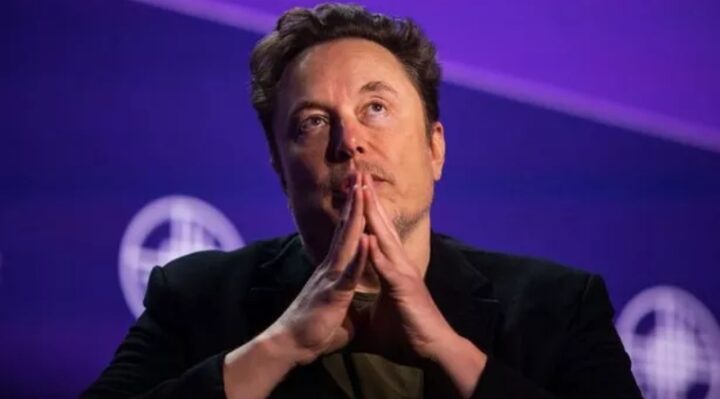If those landings go well, Elon Musk says SpaceX will launch the first uncrewed Starship to Mars


Elon Musk recently used X (formerly Twitter) to present a daring roadmap for humanity’s colonization of Mars. His statements came in response to a post by billionaire Bill Ackman, who emphasized the crucial connection between health and economic stability. Ackman pointed out, “When it comes to health-both our own and that of our children-everything else takes a backseat.” For those focused on the economy, debt, and deficits, there’s no initiative more vital.”
Musk, while engaging with Ackman’s post, took the chance to discuss SpaceX’s strides toward making life beyond Earth a reality. “SpaceX developed the first fully reusable rocket stage, which was a significant milestone, but the greater accomplishment lies in making that reuse economically viable,” Musk explained. He also pointed out that the crux of turning humanity into an interplanetary species is reducing the cost per ton of cargo transported to Mars.
Presently, the expense of sending one ton of payload to Mars is a staggering billion dollars. Musk stated that this cost must be slashed to approximately $100,000 per ton to make the creation of a self-sustaining city on the Red Planet possible. “The technology must improve by a factor of 10,000 to achieve this,” he said, stressing the enormous difficulty of the task. “It’s incredibly difficult, but achievable.”
Musk also revealed an ambitious timeline for sending humans to Mars. Musk revealed that the initial Starship missions to Mars are scheduled to take place in two years, coinciding with the next available Earth-Mars transfer window. These early missions will be uncrewed to assess the reliability of landing safely on Mars. “If these landings prove successful, the initial crewed flights could launch within the next four years,” he mentioned.
After the first crewed missions, Musk expects the frequency of flights to Mars to grow rapidly, with the ultimate aim of establishing a self-sufficient city within two decades. He underscored the significance of spreading human civilization beyond Earth, stating, “Becoming a multiplanetary species will dramatically increase the potential lifespan of consciousness, as we will no longer be dependent on a single planet for survival.”
SpaceX promotes its Starship as a “fully reusable transportation system capable of carrying crew and cargo to destinations like Earth orbit, the Moon, Mars, and beyond.” The company’s website highlights the potential for colonization on Mars, despite its colder environment. Mars atmosphere, which primarily consists of carbon dioxide with traces of nitrogen and argon, could support plant life with some atmospheric adjustments, such as compression.
Moreover, SpaceX points out that Mars’ gravity, at 38% of Earth’s, would allow humans to lift heavier objects and move more easily. The company also emphasizes that a Martian day is almost identical in length to an Earth day, further reinforcing the feasibility of long-term human habitation.


